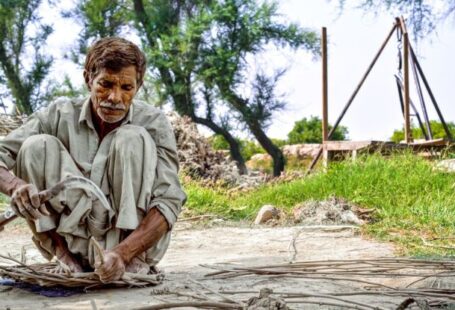Creating cartographic products involves transforming raw data into visually appealing maps that effectively communicate spatial information. Field sketches serve as the initial step in this process, capturing real-world features directly on paper. However, the question arises: can these field sketches truly be converted into finished cartographic products that meet professional standards and effectively convey information to the intended audience? Let’s delve into the process and considerations involved in this conversion.
**The Art of Field Sketching**
Field sketching is a fundamental skill in cartography, allowing mapmakers to observe and record geographic features on-site. Whether it’s a topographic map, a land cover map, or a thematic map, field sketches serve as the foundation for creating accurate and detailed cartographic products. By hand-drawing features such as terrain contours, vegetation patterns, and infrastructure, cartographers can capture nuances that might be missed through remote sensing or digital data collection methods.
**Challenges in Converting Field Sketches**
While field sketches provide a valuable starting point, there are challenges involved in converting them into finished cartographic products. One key hurdle is the potential for inaccuracies or inconsistencies in the sketches. Human error, varying skill levels among cartographers, and changing environmental conditions can all impact the quality of the initial sketches. Additionally, translating hand-drawn sketches into digital formats for further processing can introduce errors if not done carefully.
**From Sketch to Screen: Digital Conversion**
To convert field sketches into finished cartographic products, cartographers often digitize the hand-drawn sketches using Geographic Information System (GIS) software. This digital conversion process involves scanning or photographing the sketches and georeferencing them to match real-world coordinates. Once digitized, cartographers can overlay the sketches with other spatial data layers, such as satellite imagery or survey data, to refine the accuracy and detail of the map.
**Enhancing Visual Appeal and Clarity**
Beyond digitization, converting field sketches into finished cartographic products also involves enhancing the visual appeal and clarity of the map. This includes selecting appropriate symbols and colors to represent different features, adjusting the scale and layout for readability, and adding textual information for context. By refining the design elements of the map, cartographers can ensure that it effectively communicates the intended message to the audience.
**Integrating Additional Data Sources**
In many cases, field sketches may need to be supplemented with data from additional sources to create comprehensive cartographic products. For example, aerial imagery, satellite data, GPS surveys, and demographic information can provide valuable insights that enhance the accuracy and richness of the map. By integrating multiple data sources, cartographers can create maps that are not only visually appealing but also informative and actionable.
**The Role of Cartographic Expertise**
Ultimately, the successful conversion of field sketches into finished cartographic products relies on the expertise and skills of the cartographer. From capturing accurate field observations to digitizing and refining the map design, each step in the process requires careful attention to detail and a deep understanding of cartographic principles. By combining technical proficiency with creative flair, cartographers can transform raw sketches into polished maps that effectively serve their intended purpose.
**Crafting a Masterpiece: The Transformation Process**
In conclusion, while field sketches provide a valuable starting point for creating cartographic products, their conversion into finished maps is a multi-faceted process that requires skill, precision, and creativity. By overcoming challenges such as inaccuracies, digitization errors, and data integration complexities, cartographers can transform raw sketches into polished masterpieces that inform, inspire, and guide viewers through the intricate world of spatial information.





